

Space
SpaceX, NASA enter final phase of training for imminent astronaut launch debut
SpaceX and NASA are working together to make sure they’re ready to start flying crews to the space station. Two astronauts, Doug Hurley and Bob Behnken are preparing to launch on a Crew Dragon capsule, with a scheduled date of mid to late May for the historic launch.
As the world deals with the coronavirus, essential personnel at both NASA and SpaceX are continuing to progress to a crew flight. Since the final shuttle flight in 2011, NASA and other space agencies around the world have been forced to rely on Russian rockets as their sole means of transporting astronauts to and from space.
That will change with the next flight of SpaceX’s Crew Dragon capsule. The gumdrop-shaped spacecraft is set to carry Behnken and Hurley to the orbiting outpost. The length of their stay is still to be determined, but training efforts suggest that it will be longer than the original planned flight.
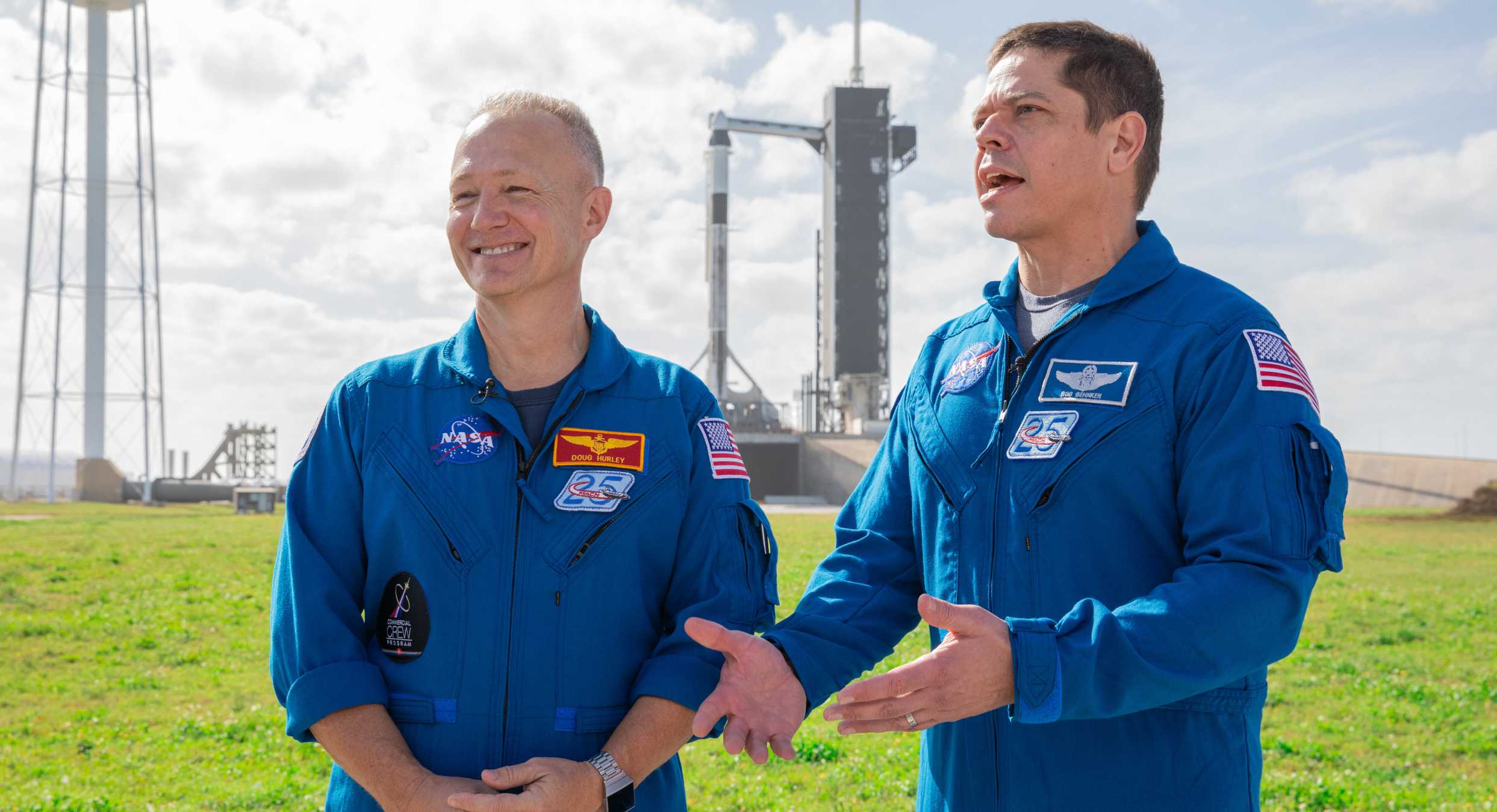
To that end, the duo has been working with NASA and SpaceX to practice day of launch procedures. On March 19 and 20, teams gathered in Firing Room 4 at NASA’s Kennedy Space Center to complete a series of full missions, from launch to landing. After the retirement of the shuttle fleet, NASA turned to the private sector to find its next generation of space taxi.
The space agency selected SpaceX and Boeing in 2014 to each build a spacecraft capable of ferrying crew to and from the space station. SpaceX’s Crew Dragon was the first to complete an uncrewed flight test, where the vehicle proved it could dock and undock itself from the space station. That test was a huge success and was followed on by a picture-perfect test of the Crew Dragon’s onboard escape system earlier this year.
Following the inflight abort test, all SpaceX needed to do was complete a few more tests of its Mark 3 parachute before NASA gave the all-clear to launch. But the company ran into a snag when it experienced two incidents back-to-back – the loss of a mock Dragon used for parachute testing and an unrelated in-flight rocket engine failure.
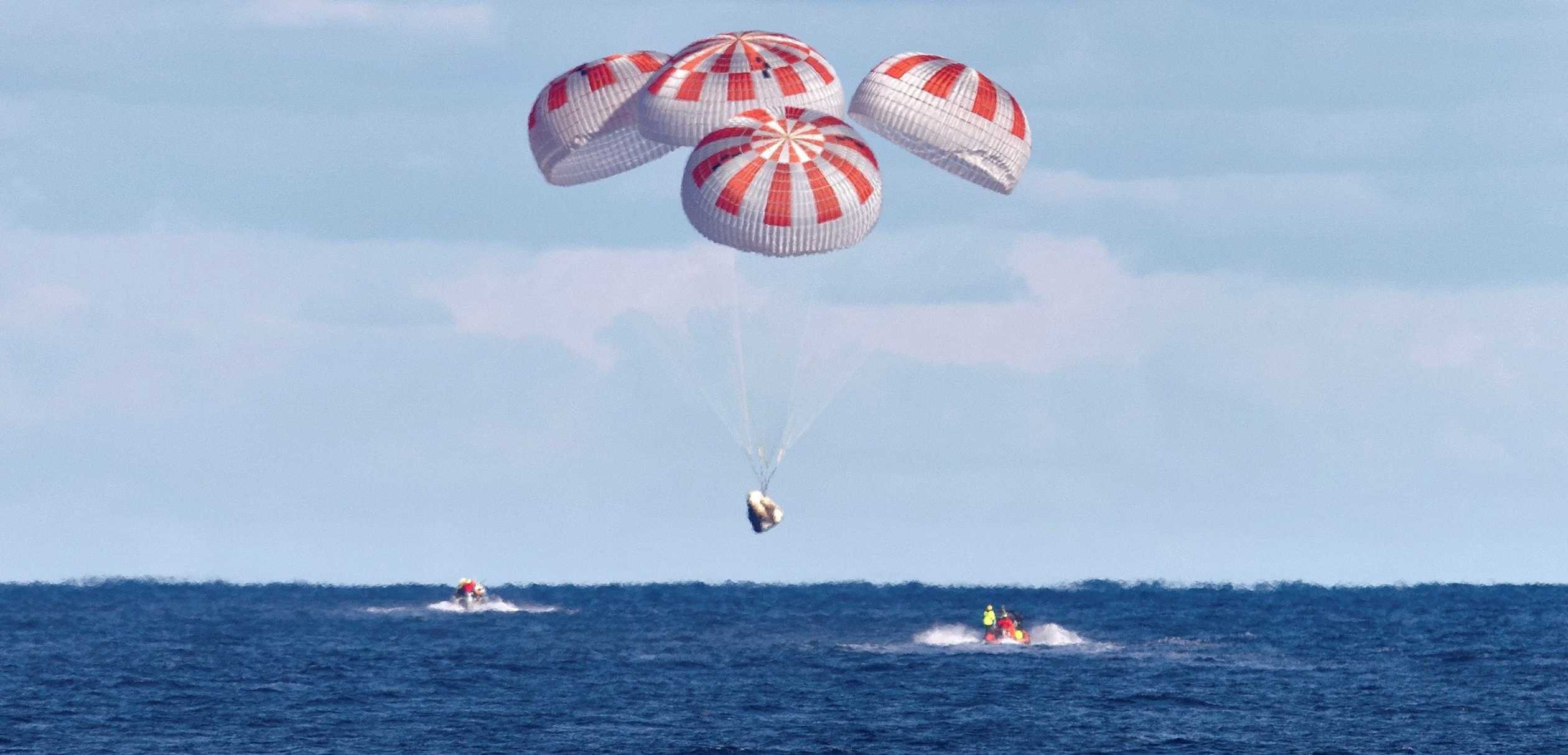
But SpaceX and NASA’s plans appear unphased, and the duo are working full steam ahead to the tentative May launch deadline. Key flight control teams stationed at their launch posts at NASA’s Kennedy Space Center, Johnson Space Center and SpaceX HQ have simulated the different phases of launch. In contrast, the astronauts have practiced launch procedures from their Crew Dragon simulator.
“The simulations were a great opportunity to practice procedures and to coordinate decision-making for the mission management team, especially with respect to weather,” Michael Hess, manager of operations integration for NASA’s commercial crew program said in a news statement.
“Simulation supervisors do a great job at picking cases that really make the team think and discuss,” he added.
During the most recent simulations, teams ran through an entire mission, from prelaunch countdown to ascent and docking with the station while previous tests ran through timelines from hatch closure to undocking from the space station as well as practiced free-flight in preparation for re-entry and splashdown.
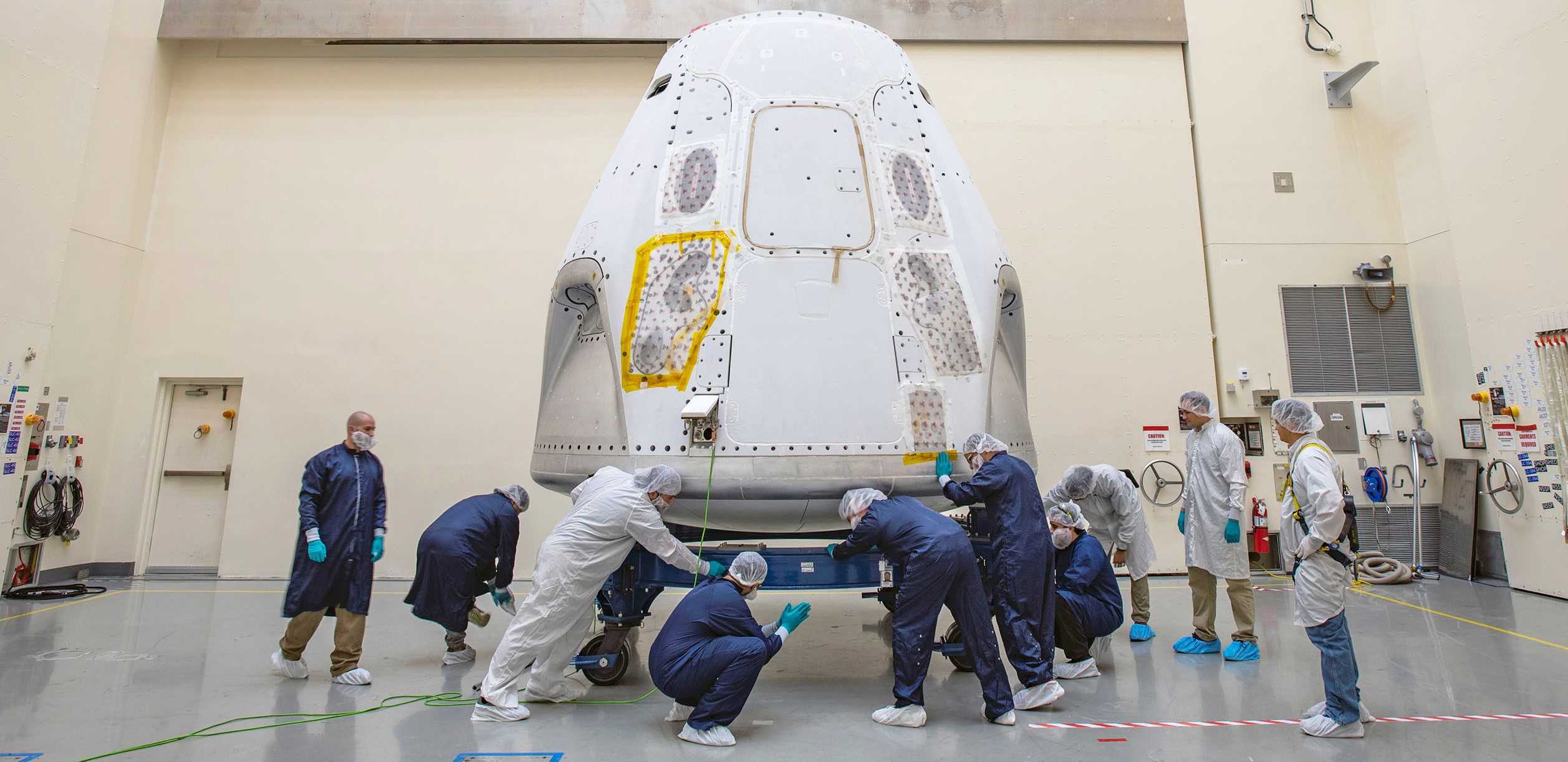
The countdown is on as the Crew Dragon capsule undergoes its final testing and preparations at SpaceX facilities at Cape Canaveral Air Force Station in Florida. Once crew training and flight readiness reviews are complete, the spacecraft will be attached to its launcher: a shiny, new Falcon 9 booster.
If all goes according to plan, in late May, Bob Behnken and Doug Hurley will strap in and blast off the space station. There they will join fellow NASA astronaut, Chris Cassidy, who launches to the space station on April 9.
To ensure the mission gets off without a hitch, NASA and SpaceX are working closely and adhering to CDC guidelines to ensure teams stay safe and healthy. All non-essential employees are working from home, and the number of people coming in contact with the astronauts is minimal.
“The Space Station Program is looking forward to [having] another way to rotate crews to station to perform science and experiments to benefit all,” Hess said.
https://twitter.com/elonmusk/status/1211493590456848385?lang=en
News
SpaceX Ax-4 Mission prepares for ISS with new launch date
SpaceX, Axiom Space, and NASA set new launch date for the Ax-4 mission after addressing ISS & rocket concerns.
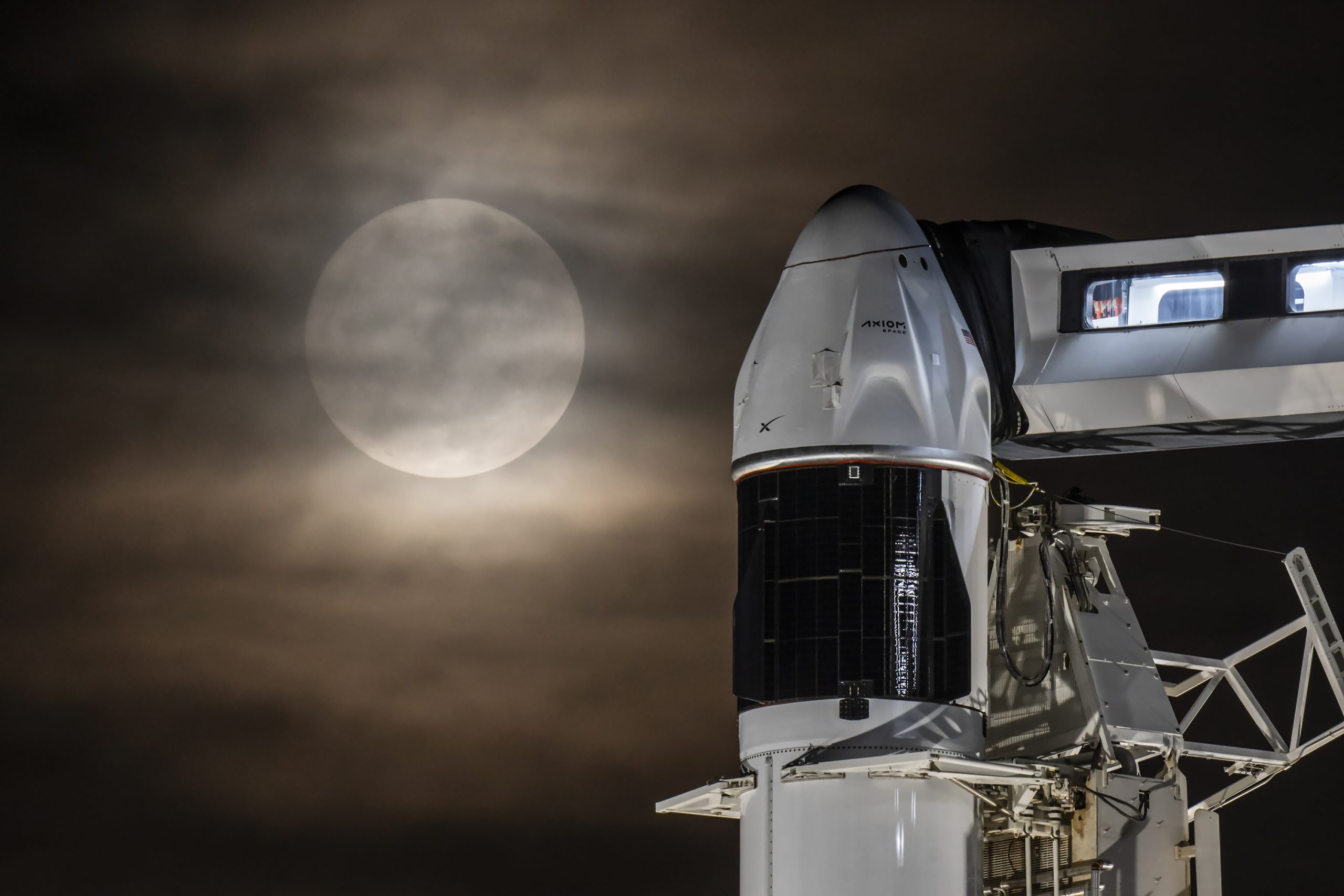
SpaceX is preparing for a new launch date for the Ax-4 mission to the International Space Station (ISS).
SpaceX, Axiom Space, and NASA addressed recent technical challenges and announced a new launch date of no earlier than Thursday, June 19, for the Ax-4 mission. The delay from June 12 allowed teams to assess repairs to small leaks in the ISS’s Zvezda service module.
NASA and Roscosmos have been monitoring leaks in the Zvezda module’s aft (back) segment for years. However, stable pressure could also result from air flowing across the hatch seal from the central station. As NASA and its partners adapt launch schedules to ensure station safety, adjustments are routine.
“Following the most recent repair, pressure in the transfer tunnel has been stable,” a source noted, suggesting the leaks may be sealed.
“By changing pressure in the transfer tunnel and monitoring over time, teams are evaluating the condition of the transfer tunnel and the hatch seal between the space station and the back of Zvezda,” the source added.
SpaceX has also resolved a liquid oxygen leak found during post-static fire inspections of the Falcon 9 rocket, completing a wet dress rehearsal to confirm readiness. The Ax-4 mission is Axiom Space’s fourth private astronaut trip to the ISS. It will launch from NASA’s Kennedy Space Center in Florida on a Falcon 9 rocket with a new Crew Dragon capsule.
“This is the first flight for this Dragon capsule, and it’s carrying an international crew—a perfect debut. We’ve upgraded storage, propulsion components, and the seat lash design for improved reliability and reuse,” said William Gerstenmaier, SpaceX’s vice president of build and flight reliability.
The Ax-4 mission crew is led by Peggy Whitson, Axiom Space’s director of human spaceflight and former NASA astronaut. The Ax-4 crew includes ISRO astronaut Shubhanshu Shukla as pilot, alongside mission specialists Sławosz Uznański-Wiśniewski from Poland and Tibor Kapu from Hungary. The international team underscores Axiom’s commitment to global collaboration.
The Ax-4 mission will advance scientific research during its ISS stay, supporting Axiom’s goal of building a commercial space station. As teams finalize preparations, the mission’s updated launch date and technical resolutions position it to strengthen private space exploration’s role in advancing space-based innovation.
News
Starlink India launch gains traction with telecom license approval
Starlink just secured its telecom license in India! High-speed satellite internet could go live in 2 months.

Starlink India’s launch cleared a key regulatory hurdle after securing a long-awaited license from the country’s telecom ministry. Starlink’s license approval in India paves the way for commercial operations to begin, marking a significant milestone after a three-year wait.
The Department of Telecommunications granted Starlink a Global Mobile Personal Communication by Satellite (GMPCS) license, enabling it to roll out its high-speed internet service. Local reports hinted that Starlink plans to launch its services within the next two months. Starlink India’s services are expected to be priced at ₹3,000 per month for unlimited data. Starlink service would require a ₹33,000 hardware kit, including a dish and router.
“Starlink is finally ready to enter the Indian market,” sources familiar with the rollout plans confirmed, noting a one-month free trial for new users.
Starlink’s low-Earth orbit satellite network promises low-latency, high-speed internet that is ideal for rural India, border areas, and hilly terrains. With over 7,000 satellites in orbit and millions of global users, Starlink aims to bridge India’s digital divide, especially in areas with limited traditional broadband.
Starlink has forged distribution partnerships with Indian telecom giants Reliance Jio and Bharti Airtel to streamline deployment and retail logistics. However, the company still awaits spectrum allocation and final clearances from India’s space regulator, IN-SPACe, and national security agencies before its full launch, expected before August 2025.
India’s satellite internet market is becoming increasingly competitive, with Starlink joining rivals like OneWeb and Jio Satellite Communications. While Starlink positions itself as a premium offering, its entry has sparked debate among domestic telecom operators over spectrum pricing.
Local reports noted that other players in the industry have raised concerns over the lower regulatory fees proposed for satellite firms compared to terrestrial operators, highlighting tensions in the sector.
Starlink India’s launch represents a transformative step toward expanding internet access in one of the world’s largest markets. Starlink could redefine connectivity for millions in underserved regions by leveraging its advanced satellite technology and strategic partnerships. As the company navigates remaining regulatory steps, its timely rollout could set a new standard for satellite internet in India, intensifying competition and driving innovation in the telecom landscape.
Elon Musk
SpaceX to decommission Dragon spacecraft in response to Pres. Trump war of words with Elon Musk
Elon Musk says SpaceX will decommission Dragon as a result of President Trump’s threat to end his subsidies and government contracts.
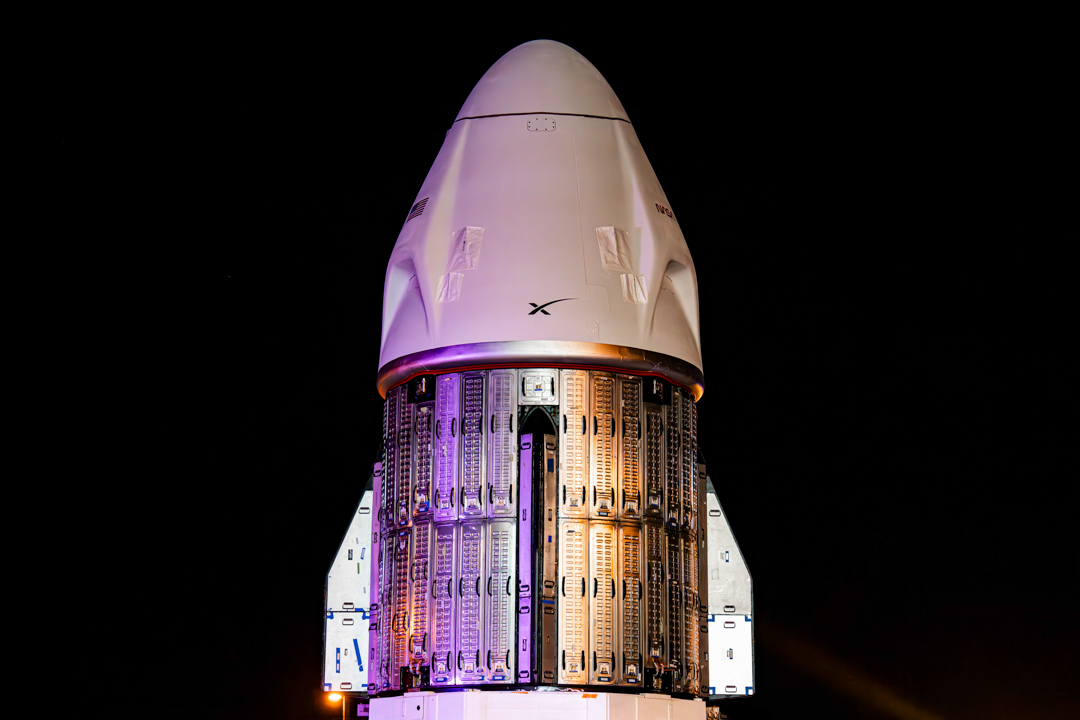
SpaceX will decommission its Dragon spacecraft in response to the intense war of words that President Trump and CEO Elon Musk have entered on various social media platforms today.
President Trump and Musk, who was once considered a right-hand man to Trump, have entered a vicious war of words on Thursday. The issues stem from Musk’s disagreement with the “Big Beautiful Bill,” which will increase the U.S. federal deficit, the Tesla and SpaceX frontman says.
How Tesla could benefit from the ‘Big Beautiful Bill’ that axes EV subsidies
The insults and threats have been brutal, as Trump has said he doesn’t know if he’ll respect Musk again, and Musk has even stated that the President would not have won the election in November if it were not for him.
President Trump then said later in the day that:
“The easiest way to save money in our Budget, Billions and Billions of Dollars, is to terminate Elon’s Government Subsidies and Contracts. I was always surprised that Biden didn’t do it!”
Musk’s response was simple: he will decommission the SpaceX capsule responsible for transporting crew and cargo to the International Space Station (ISS): Dragon.
🚨 Elon says Dragon will be decommissioned immediately due to President Trump’s threats to terminate SpaceX’s government contracts https://t.co/XNB0LflZIy
— TESLARATI (@Teslarati) June 5, 2025
Dragon has completed 51 missions, 46 of which have been to the ISS. It is capable of carrying up to 7 passengers to and from Earth’s orbit. It is the only spacecraft that is capable of returning vast amounts of cargo to Earth. It is also the first private spacecraft to take humans to the ISS.
The most notable mission Dragon completed is one of its most recent, as SpaceX brought NASA astronauts Butch Wilmore and Suni Williams back to Earth after being stranded at the ISS by a Boeing Starliner capsule.
SpaceX’s reluctance to participate in federally funded projects may put the government in a strange position. It will look to bring Boeing back in to take a majority of these projects, but there might be some reluctance based on the Starliner mishap with Wilmore and Williams.
SpaceX bails out Boeing and employees are reportedly ‘humiliated’
-

 News5 days ago
News5 days agoTesla Robotaxi’s biggest challenge seems to be this one thing
-

 News2 weeks ago
News2 weeks agoTesla confirms massive hardware change for autonomy improvement
-

 Elon Musk2 weeks ago
Elon Musk2 weeks agoElon Musk slams Bloomberg’s shocking xAI cash burn claims
-

 News2 weeks ago
News2 weeks agoTesla features used to flunk 16-year-old’s driver license test
-

 News2 weeks ago
News2 weeks agoTesla China roars back with highest vehicle registrations this Q2 so far
-

 News2 weeks ago
News2 weeks agoTexas lawmakers urge Tesla to delay Austin robotaxi launch to September
-

 News2 weeks ago
News2 weeks agoTesla dominates Cars.com’s Made in America Index with clean sweep
-

 News2 weeks ago
News2 weeks agoTesla’s Grok integration will be more realistic with this cool feature





















